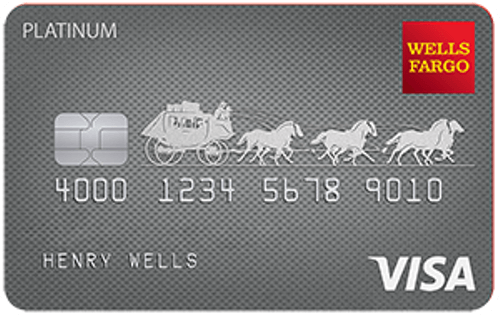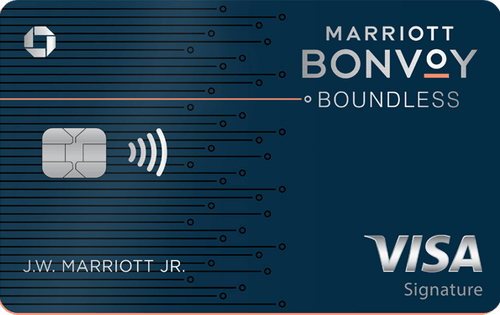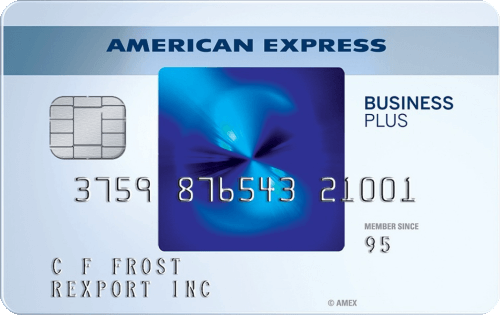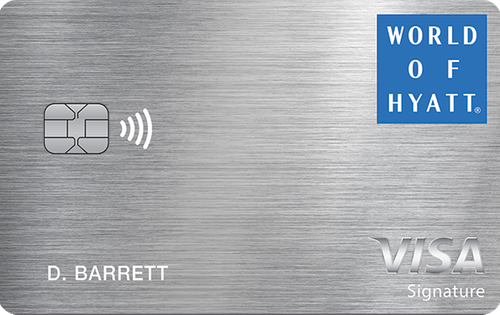The Citi Simplicity card is a no-frills, no annual fee card that can be utilized for balance transfers and ultimately paying off debt. The card does not offer a rewards program, so consumers looking for ways to rack up points or miles should look elsewhere. A major downside of this card is its balance transfer fee of Either $5 or 5% of the amount of each transfer, whichever is greater. Other competitor cards, such as the Discover It Balance Transfer card, offer lower balance transfer rates and more rewards.
|
|
You might be using an unsupported or outdated browser. To get the best possible experience please use the latest version of Chrome, Firefox, Safari, or Microsoft Edge to view this website. |
The Best Credit Cards of April 2020 (Review)
Our Verdict
- Earn a $150 statement credit after you spend $1,000 or more in purchases with your new Card within the first 3 months of Card Membership.
- Unlimited 1.5% Cash Back on your purchases.
- Earn a $150 statement credit after you spend $1,000 or more in purchases with your new Card within the first 3 months of Card Membership.
- Unlimited 1.5% Cash Back on your purchases.
Highlights
- Pay down balances instead of interest with Wells Fargo’s longest intro APR
- $0 Annual Fee
- Get up to $600 protection on your cell phone (subject to $25 deductible) against covered damage or theft when you pay your monthly cellular telephone bill with your Wells Fargo Platinum card
- Easy access to your FICO® Credit Score with Wells Fargo Online®
- Zero Liability protection for promptly reported unauthorized transactions
- Convenient tools to help create a budget and manage your spending with My Money Map
- Select “Apply Now” to learn more about the product features, terms and conditions
Table of Contents
Introduction
At a Glance
- No late fee
- No annual fee
- 21 month introductory 0% APR for balance transfers, after which the regular purchase APR, based on your creditworthiness, will apply
- 12 month introductory 0% APR for purchases, after which the regular purchase APR, based on your creditworthiness, will apply
- No rewards or cashback system
0% Introductory Rates
The Citi Simplicity credit card offers a 0% introductory APR on balance transfers for 21 months from the date of the first transfer. After that, the APR will be based on the cardholder’s creditworthiness. All transfers must be completed in the first four months of the account opening to be eligible for the introductory rate.
Additionally, cardholders can take advantage of a 0% Intro APR on purchases for 12 months from the date of account opening. Afterwards, the variable APR will be based on the cardholder’s creditworthiness.
Other Card Benefits
- Citi Identity Theft Solutions: Cardholders have access to Citi’s specialized solutions team in the case of identity theft.
- Purchase protection: Cardholders are protected against unauthorized charges on the account with $0 liability.
- 24/7 customer service: Access to live help from customer service
- Automatic account alerts: Cardholders can stay informed in real-time with automatic alerts regarding balance levels, payments due, credit limit information and more by email or directly on a mobile phone.
- Choose your due date: >Cardholders can choose to pay their bill on any available due date in the beginning, middle or end of the month.
- Digital wallet: Store your card digitally on your phone with the card’s digital wallet capability.
- Contactless pay: The Citi Simplicity credit card is enabled with contactless-chip capability.
Fine Print
Interest Rates
- APR on purchases: 0% Intro APR on purchases for 12 months. Then, 14.74% – 24.74% (Variable) APR on purchases and balance transfers
- APR for cash advances: 26.74%
- Penalty APR: None
- Grace period: 23 days
Fees
- Annual fee: $0
- Balance transfer fee: Either $5 or 5% of the amount of each transfer, whichever is greater
- Cash advance: 5
- Foreign transaction fee: 3
- Returned payment fee: Up to $40
- Late Penalty: None
How The Card Stacks Up
While the Citi Simplicity card does have one of the longest introductory APRs for balance transfers available on the market, the high 5% balance transfer fee and lack of rewards lessen its value to consumers. Compared to other balance transfer cards, it falls short.
For example, the Discover it Balance Transfer card offers a 3% introductory balance transfer fee and offers 2% cash back at gas stations and restaurants each quarter, as well as 1% cash back on all other purchases. The card offers a 0% interest introductory period of 14 months, which is longer than the Citi Simplicity card’s intro offer. Plus, all cash back earned is matched at the end of the first year as a new cardholder bonus. Even with offering these rewards, the card boasts no annual fee. If a consumer wants to pay off their debt and then have a great cashback option to use going forward, the Discover it Balance Transfer card is a much better choice.
Additionally, the Chase Freedom card gives a whopping 5% cash back on select categories each month (up to $1,500, then 1%), 1% cash back on all other purchases and offers 0% APR on balance transfers for 15 months. If consumers transfer a balance within the first 60 days of the account opening, they’ll be rewarded with only a 3% balance transfer fee ($5 minimum); any balance transfers completed afterward will see the fee increase to 5% ($5 minimum). After the introductory period, the standard APR will apply.
Unlike the Citi Simplicity card and the Discover it Balance Transfer card, the Chase Freedom card offers a sign-up bonus of $150 after spending $500 on purchases within the first three months of the account opening. If you manage to pay off your balance transfer before then, and hit the spending requirement, you’ll be rewarded generously.
The Citi Simplicity card is a decent choice for consumers who only want to pay down debt without interest, won’t use the card for spending and don’t want the bells and whistles of a rewards card.
Is The Card For You?
The Citi Simplicity credit card can prove useful for those looking to pay down balances over an extended period of time. Keep in mind the card’s 5% balance transfer fee is relatively high compared to other cards on the market. There are better options out there if you’d like to use the card as a balance transfer and then earn rewards for purchases in the future.



